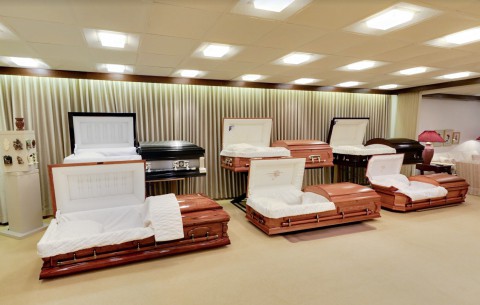
Death is an inevitable part of life that many of us may not think about unless we have come face to face with our mortality through illness or other near misses. But when pressed, people can often tell you their end-of-life wishes.
Do you want to be buried or cremated? How about being donated to science? People seem to have the ideal sendoff of their corporeal form figured out. When faced with life-limiting illnesses like cancer, people are often able to plan their own funerals down to the last detail. However, depending on the treatments they receive, their family may be blindsided when these wishes are denied.
The family of an Ontario man, who made arrangements to be cremated upon death, was told in February that they could not do so. It turns out that the man had received brachytherapy as part of his cancer treatment, which voids his cremation requests. Ontario isn’t alone in these methods — Saskatchewan has the same restrictions.
Brachytherapy, which involves radioactive implants called “seeds,” has been available to cancer patients in Saskatchewan for the past 20 years. These small implants, placed near a tumour, provide a consistent dose of radiation — targeting the cancer while minimizing damage to healthy cells. Eventually, these radioactive seeds would decay and become inert — leaving just the shell of the seed inside the body.
However, if the person dies while these seeds are still giving off radiation, their body can become a potential danger to funeral workers and family. There are strict protocols outlined by the Canadian Nuclear Safety Commission that guide funeral workers on how to protect themselves from radioactive remains.
Different substances are used in treatment depending on the type of cancer. Iodine-125 and palladium-103 are used in brachytherapy. This is particularly important if a person dies within two years of receiving treatment with iodine-125 as the seeds would still be “hot” — meaning they are still actively giving off doses of radiation. The timeline for palladium-103 is much shorter, with a threemonth time frame recommended as a precaution.
But the CNSC does not prohibit the cremation of brachytherapy patients, insisting that their protective measures are enough to protect funeral workers while satisfying the end-of-life wishes of the deceased and their families. This isn’t the case for residents of Saskatchewan and Ontario where stricter regulations are in place for the handling of bodies that contain nuclear substances.
According to section 28 of Saskatchewan’s Funeral and Cremation Services Regulations, no one can provide human remains to a crematorium if they know that a radioactive implant is in the human remains or if “objects or hazardous materials that may pose a danger to any person during or after the cremation process are in the container or casket.”
While the radioactivity of the implants will fade over time, the implants themselves are never removed. Instead of following the safety precautions and timelines set by the CNSC, which would allow for cremation at any time as long as the appropriate safety protocols are followed, Saskatchewan chooses to deny cremation services for anyone who has ever received nuclear implants in their lifetime.
While radioactivity from brachytherapy can still be detected two years after treatment, a 20-year-old implant would give off negligible amounts of radiation. And yet, the province would still deny you cremation services.
There is a danger that denying a person’s chosen final resting place could result in an ultimatum situation for that individual: Do I undergo promising treatment like brachytherapy to extend my life, or do I choose my funeral rites? It’s a pressing question for individuals whose religious affiliations involve specific end-of-life ceremonies and for those who have strong convictions about what happens to their body after death.
—
Erin Matthews / Opinions Editor
Photo: Google Earth / Creative Commons